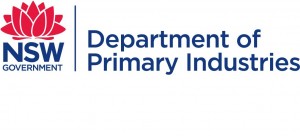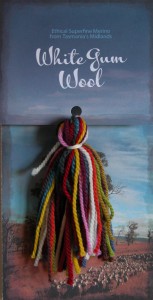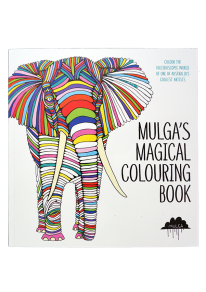We have put together a short summary of some of the things we have learnt about through our Archibull journey in 2015. Farming in Australia is about a lot more than we first thought. There are quite a lot of factors that must work all together for the Australian agriticultural industry to thrive to the high standard it does. We have listed them below;
As a group we never really considered all it takes to be a farmer in Australia before our Archibull studies this year. After learning about the Australian wool industry, our class came to the conclusion that maybe we take farmers and farming for granted. How many of us really think about or knew how far the clothes we wear have actually travelled? And how many people were involved in the processes to get the wool from the sheep’s back and on to ours?


High on the list of things we have learnt about is Biosecurity; which is all the measures it takes to make sure Australian farms and produce are free from contamination, disease, pest and weed outbreaks. We have learnt that Biosecurity doesn’t just impact on the farmers, it affects all of us. Biosecurity is everybody’s responsibility – we should not take it for granted. We must all do the very best we can to protect our agricultural industries.


The environment is the most important because without a healthy environment their livelihood is a risk. Australian farmers are always looking for new ways for best farming practice, which lessen the negative impacts on the environment.

Our livestock and wool growers have been finding new and better ways to live in harmony with their environment. During 2015, as a class we have studied the farming practices of our Young Farming Champion from Burragan Bessie Thomas and Nan Bray from Tasmania’s White Gum Wool.


Through feeding their sheep on native vegetation farmers are able to cut costs relating to food, increase productivity and be kinder to the Australian environment. It has been discovered that sheep are able to regulate and monitor their own health and well-being by using the native plants as medicine as they need it.
Soil and Vegetation
The whole ecosystem keeps soil and grass and tree healthy and keeps weeds away. Without the ecosystem animals would not have a home, shade or food.
Who are the biggest wasters of food?
Young consumers (18-24).
Households with incomes of more than $100,000 per year.
Families with children.
The hidden impact of wasting food!
When you throw out food you also waste the water, it took to get the food from the paddock to your plate. On estimated 20-40% of fruit and vegetable are rejected even before they reach the shops, mostly because they don’t match the consumers and supermarkets need for perfection.
If you add up all the food Australia wastes each year its enough to fill 450,000 garbage trucks.
What you can do?
1) Plan a little and be mindful of what you are throwing out so you don’t repeat the same mistakes.
2) We all end up with food scrapes, so start-a compost bin to generate nutrient-rich fertiliser to grow your own food.
3) If you’re in an apartment block, chat to the body corporate about a communal organic waste collection service.
4) Remember to always keep your choices environmentally friendly where you can, because as you can see every little bit helps. Above all remember to love food and hate waste it will save you money and save the Earth. be a responsible global citizen!

One of the most awesome things we learnt in 2015 is that you don’t have to spend a lot of money to make your Archi wonderful. We recycled almost all of our bubble wrap, which came wrapped around our Archi – there was soon much bubble wrap and the great thing is, none of the waste from Northlakes High School’s Archi delivery will be going into landfill.

We learnt that plastic doesn’t breakdown over time, it just sits there taking up space and adding to the issue of global warming and climate change. So through the Archibull Prize and our mindfulness of the fragile environment, we have already made a difference!


Most importantly we learnt that learning new things is great fun, because you never know what is going to happen and what the end result will be!

Who would have thought we could learn about all these different things by simply studying the Australian wool industry in the Archibull Prize. When we were told that we were participating in the Archi again, we didn’t really know what to expect. Learning about the way Australian farmers work and grow premium products which are exported all over the world was fascinating and now we know Australia really is the lucky country!

































